Plastic injection molding is one of the most popularly used manufacturing processes in the modern industry. Right from small components for automobiles to larger parts for aerospace, plastic injection molded parts are ubiquitous. This molding technique not only offers high production but also delivers repeatable and consistent high-tolerance plastic parts.
The process of plastic injection molding primarily begins with taking the desired component that needs to be produced and creating a replica of it in the form of . From simple drinking straws to complex aerospace components such as turbine blades everything is created this way.
1. High Precision & Repeatability
One of the key advantages of plastic injection molding is its ability to produce high-precision and extremely consistent parts over and over again, no matter how complex the shape. Once the injection mold tool has been manufactured to the agreed specification (which we will detail out for you as part of an order process), each part that you produce in your production run will be practically identical, right down to microns if required.
Plastic injection molding machines precisely control molten plastic using advanced tooling, machines, and material systems. This allows consistent production of both simple and complex parts, including ISO Class 8 medical devices.
📌 Key Points:
- Tight Tolerance Manufacturing: Parts can be produced with tolerances as low as ±0.005 inches.
- Reliable Output: Perfect for high-volume runs where every component must be consistent.
- Industry-Grade Accuracy: Ideal for products with precise mechanical or electrical functions.
2. Cost Efficiency in Mass Production
2.1 Low Per-Unit Manufacturing Cost
Plastic injection molding is ideal for producing a large number of identical parts at a low cost per unit. Once the mold is made, it allows for fast, consistent, and scalable manufacturing. This makes it a preferred choice in industries like automotive, electronics, and consumer goods.
2.2 Initial Investment vs. Long-Term Gains
The cost of tooling and mold-making can seem significant at the outset, but it becomes a minor consideration over time with increased production volume. The initial investment in good tooling is quickly gained back as companies expand. If a manufacturer is looking to the long term for manufacturing, injection molding usually provides the most cost-effective approach, as its molds will last the life of a part and can be used repeatedly.
2.3 Fast Production Cycles
Plastic injection molding machines operate quickly, producing many parts in a short time. Speed varies by machine and part design, but it’s faster than most other methods. In fact, the cycle times for making plastic parts using an injection machine are usually measured in seconds only! Therefore, this also justifies why it is so important to use automation with injection mold machines.
2.4 Reduced Labor Costs Through Automation
The injection molding process is largely automated. Once the mold is in place and the machine is set up, it can operate with little human input required. This automation helps to reduce the number of workers needed, allowing companies to save on labor costs without sacrificing quality. Robotics and automated part removal systems also help to further streamline the process, contributing to lower production costs overall.
3. Complex Design Capabilities in Plastic Injection Molding
Plastic injection molding can easily create complex and detailed parts that other methods can’t handle. It’s perfect for industries like automotive, electronics, and medical where precision matters most.
3.1 Single-Step Precision Manufacturing
Injection molding offers high precision, allowing molten plastic to fill even the tiniest mold details. Features like ribs, threads, and hinges can be molded directly without extra tools or assembly. This saves time and ensures accuracy in complex part designs.
This one-shot process ensures part consistency, minimal production time, no human error, and high repeatability. All parts are consistent, reliable, and dimensionally accurate even with high volumes.
3.2 Advanced Mold Design Techniques
Nowadays, mold-making can produce many multi-cavity molds, side-action mechanisms, collapsible cores, lifters, etc., which makes it possible to mold undercuts (e.g., living hinges), threads, slots, and even internal geometries directly without assembly or machining.
Because the growing part shrinks upon solidification, some residual voids exist inside the manufactured part. These voids are often a source of process-induced defects and limit achievable component functionality.
3.3 Support for Thin-Walled Designs
Plastic injection molding makes it possible to produce thin-walled plastic parts with such precision and repeatability. This makes the production of small, lightweight plastic parts more cost-effective, as this is a technology that needs to be used for high-volume production. You can see them in consumer electronics, in aerospace interiors, and also in modern packaging.
It enables better material utilization—as less resin is needed—and lightweight parts, reducing total ownership costs and environmental impact! Thin wall design means less cooling time, which ultimately increases productivity—all good things!
✅ Conclusion
Plastic injection molding has greatly changed modern manufacturing. It’s used to produce high volumes of plastic parts with accuracy and consistency. Because of its many advantages, nearly one-third of global plastic products are made using this method. It’s reliable, efficient, and widely adopted across industries.
As we’ve explored in this article, the key benefits of plastic injection molding include:
- High precision and repeatability, which means the same results can be repeated consistently throughout a high volume.
- Substantial cost savings, particularly for mass production where the cost per unit is extremely low.
- Design freedom for complex geometries and part integration.
- Compatible with most thermoplastics and engineered resins available.
- Automation and efficiency lower labor content and raise output.

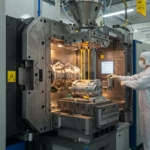
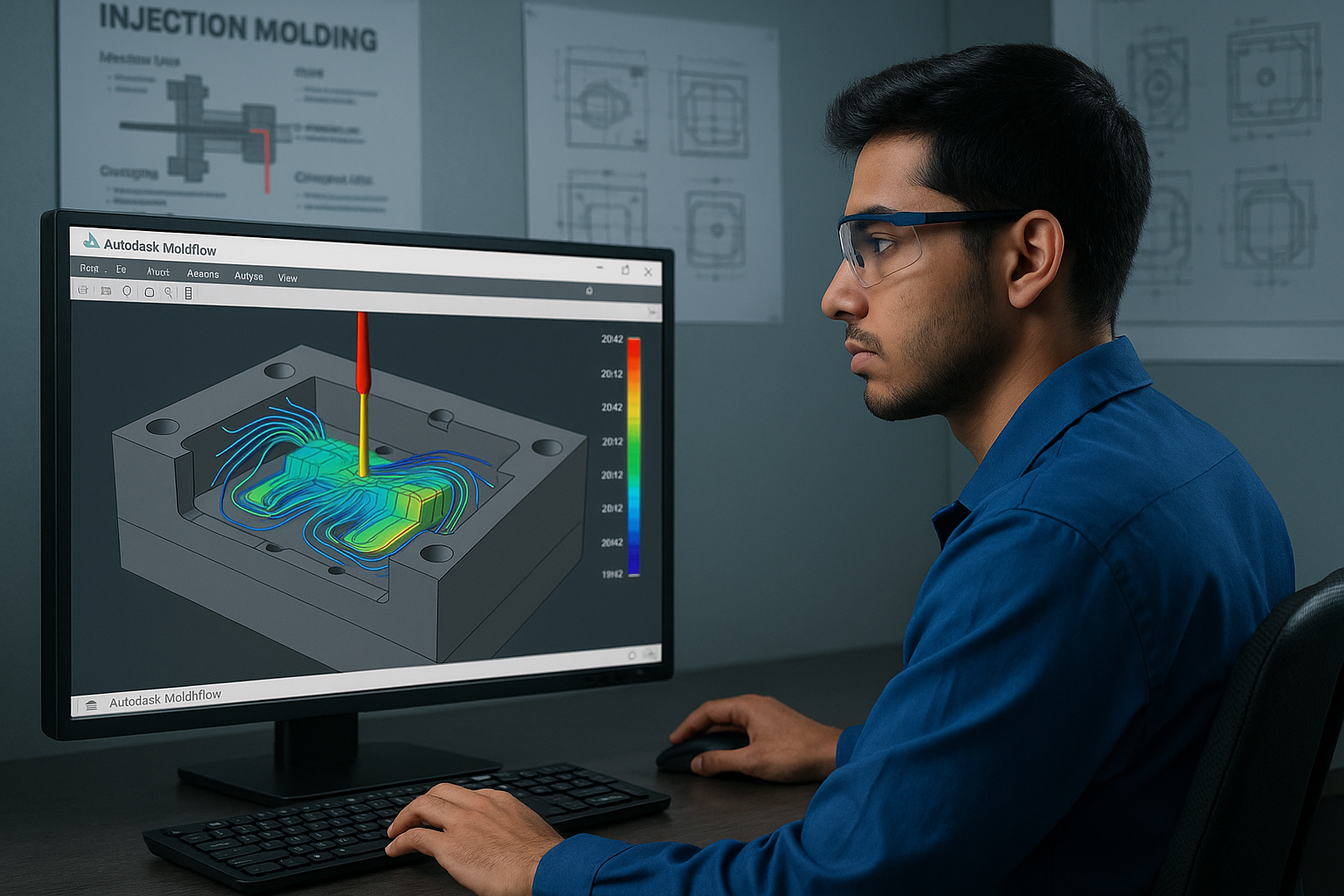
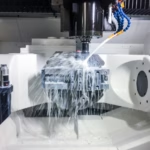
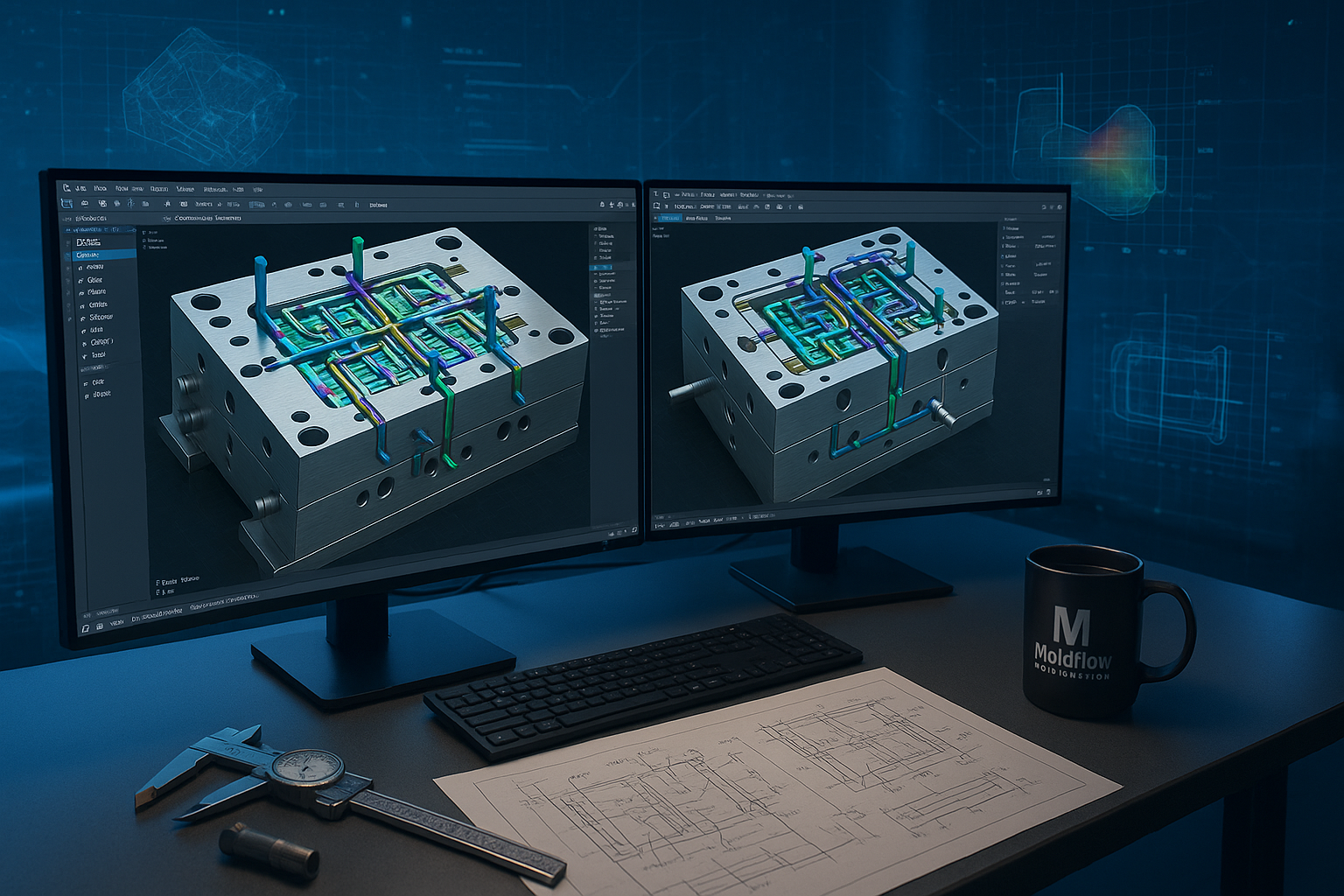
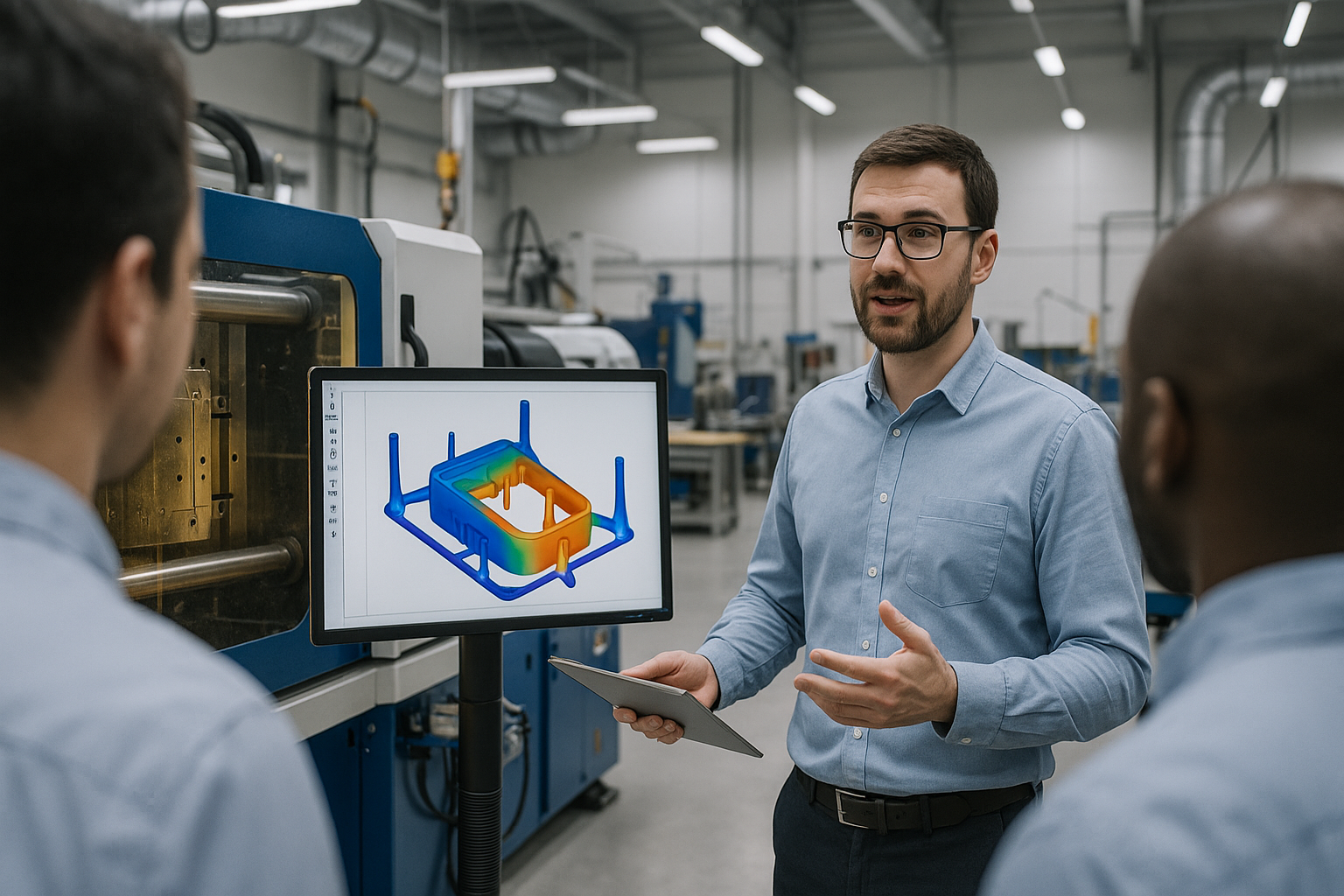
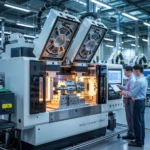
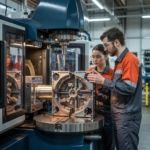

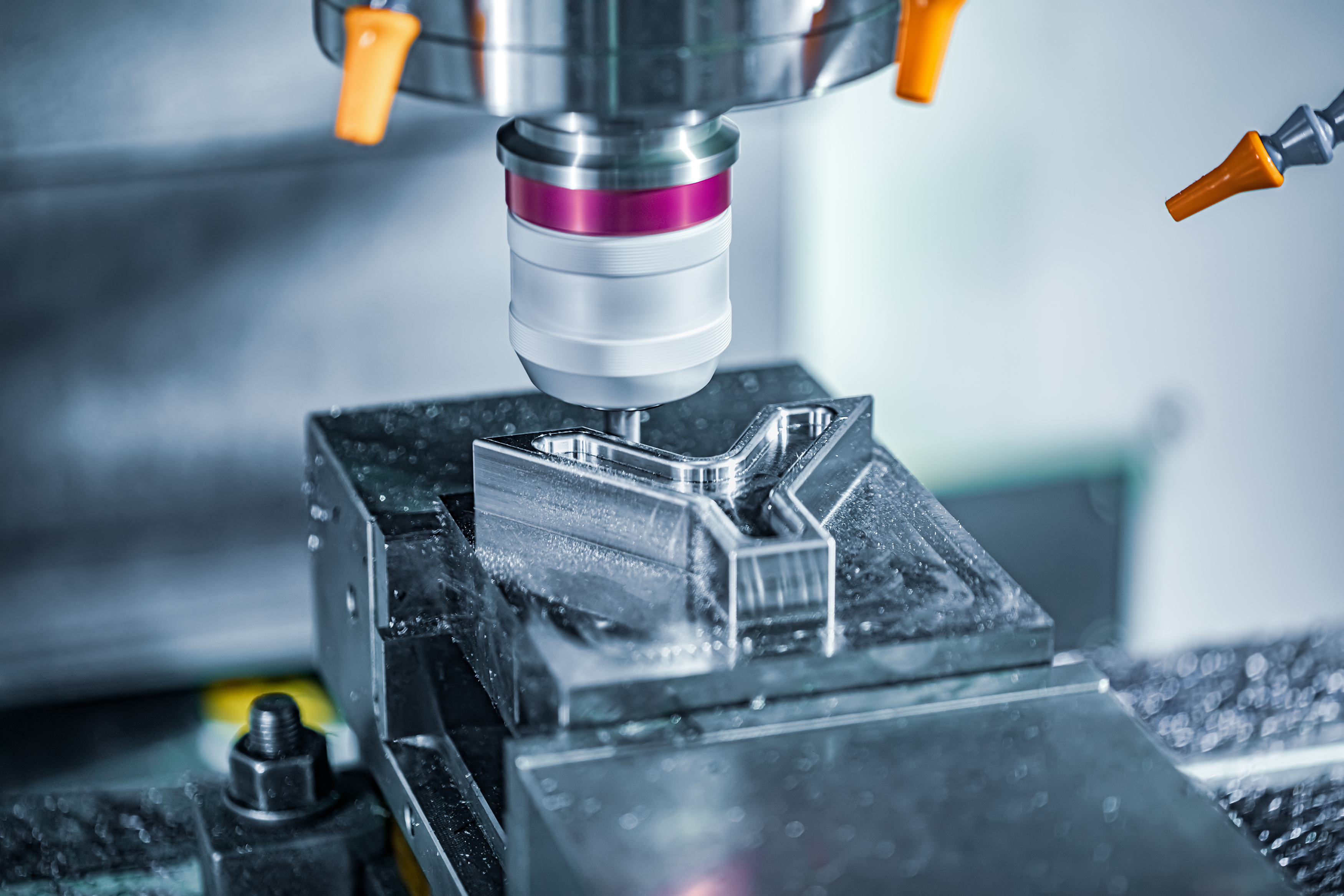
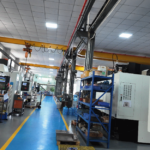
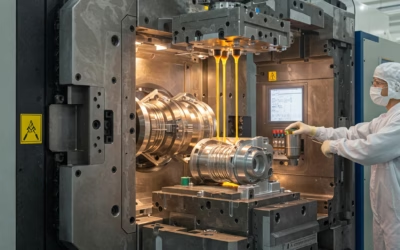
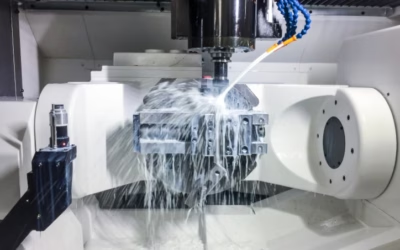
0 Comments